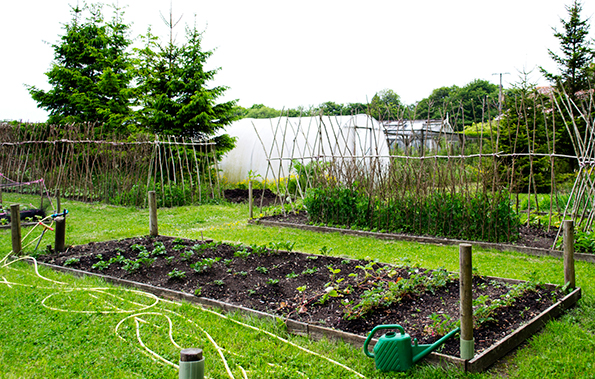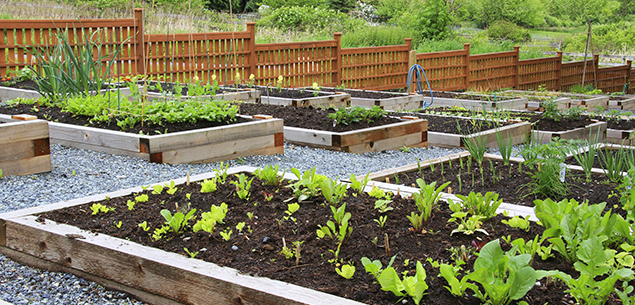Don’t be put off, but starting a community garden is a mountain of work. Still, if you have the time and commitment, it can be a massive contribution to the area and a rewarding task.
I’m probably guilty of thinking that gardening cures everything. And I’m not completely wrong.
Community gardens in the United States have even been shown to reduce crime, to say nothing of providing low-cost food, bringing people together, improving mental and physical health and turning wasteland into productive, good-looking green space.
So why would you not start a community garden in your area? Because it’s a huge commitment and the minute you’ve decided to do it, the workload, like the garden, will grow and grow.
But if you’re determined, the following is a list of steps, tips and ideas gleaned from the websites of community gardens all over the world.
And then if you’re still keen, there’s a list of websites that expand on all of that.

Community gardens can give the landless somewhere to grow food alongside like-minded people, while encouraging involvement in gardening.
People
You need about two or three times as many as you think you need, because at the outset, you’ll attract some people who have heaps of enthusiasm but very little commitment. About half of your community garden volunteers will be the same, so get as much work out of them as you can while they’re around, but arrange back-up for when they’re not.
Planning
Once you have volunteers, organise meetings at which you can discuss plans, come up with a mission statement, elect a committee and produce a list of tasks to get started. You’ll need to nut out a plan from the outset and decide how the group is going to work.
Money
You need to work out how to pay for tools, plants etc. You could apply for funding, ask businesses to donate, look for sponsors who will contribute on a regular basis, hold fundraisers, or ask members to pay a fee. You could also approach garden supply businesses as well as national seed companies for donations.

When planning your community garden, make sure the plot of land gets plenty of sun and has a water supply.
Land
Finding land for a community garden often isn’t the hurdle you might think it would be, particularly in rural communities. Buying land is not usually an option, but renting it may be a possibility and some landowners would be prepared to take a low rent for a community project.
But don’t settle for any old piece. It needs to get plenty of sun and you’ll be ahead of the game if it’s already in soil, rather than paving or trees and scrub. Water supply is also important and also choose a location that’s in the centre of the community for easy access.
Tools
Scavenge a few sets of basic tools or find them at charity shops. You could also put ads on the noticeboards at the local supermarket or club together to put an ad in the local paper. While you’re at it, prepare a press release about the project.
Work
Draw up a layout with garden beds in a range of sizes, a composting area and space for a shed to keep tools and supplies.
Do a soil test to ascertain the pH of the soil and add whatever is needed to correct it. Decide what you’re going to plant, nominate a start date and have a working bee to dig over the beds and prepare them for planting.
Going forward
Another meeting will be needed to sort out how the garden is going to be maintained. Put together a roster of duties – weeding, fertilising, watering, thinning, harvesting – and decide how the produce is going to be distributed. In addition to feeding those who have put in the hard work, there could be surplus to sell or to give to those who can’t afford it. Local support is essential, so don’t underestimate the importance of keeping the community informed. Share your calendar of events with the public, which includes fundraisers, work projects and committee meetings. Recognise support from local officials, sponsors, volunteers and businesses.
For more information on community gardening, check out these websites.
wellington.govt.nz – search for “gardens” under the recreation tab
instructables.com – search under the communities tab
greenvillages.com.au – search for “community gardens” under the community tab
organicnz.org.nz – search for “project gro” under the campaign tab
Take a look at how to prepare your garden for a garden tour here.




